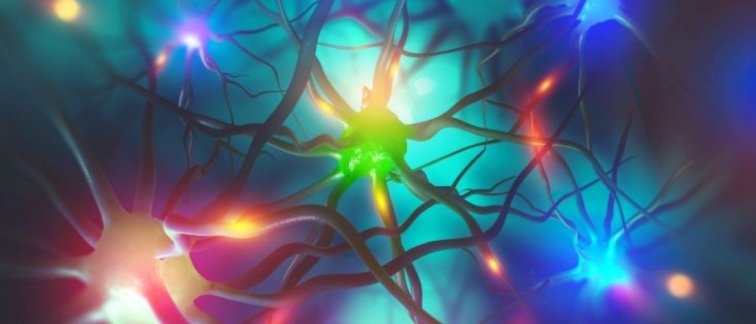During the first line treatment of patients with glioblastoma, an aggressive form of brain cancer, it is important to monitor whether the tumor grows or not, to optimally plan and execute the treatment. Getting the treatment right is crucial because over- or under-treatment can directly impact the quality of life of patients that suffer from this disease. Moreover, knowing whether the tumor is growing or not is an important factor of uncertainty in patients’ lives.
During primary treatment, it is a huge clinical challenge to distinguish between progression of the glioblastoma, and pseudo-progression. Pseudo-progression is a phenomenon where it appears (based on standard medical imaging, namely MRI) that the tumor is growing or new lesions are forming, when in fact actual tumor growth has stopped. This is believed to be a side effect of the combination of chemotherapy and radiation treatments, and occurs in up to 66% of patients.
How can we better determine whether a primary brain tumor has progressed?
Recent research suggests that brain activity around the tumor might be a useful marker of true progression, with higher activity associated with faster tumor growth.
Dr. Linda Douw, associate professor of multiscale network neuroscience, and PhD candidate Mona Zimmermann are using magnetoencephalography (MEG), the measurement of the magnetic field generated by the electrical activity of neurons, and electroencephalography (EEG), the measurement of electrical activity in the brain, to see if brain activity measurements might be a useful tool for improving monitoring and treatment planning of glioblastomas over time.
Relating brain activity to ongoing glioma growth
In the GOALS2 study, 100 patients with glioblastoma will be followed for three years. Brain activity will be measured with MEG and EEG during treatment and tumor progression. Also, resting-state functional magnetic resonance imaging (rsfMRI) (and CEST MRI) data will be acquired during and after adjuvant chemotherapy and at tumor progression. The data from these different modalities will retrospectively be related to tumor progression as determined by the treating physicians.
For more information on the study, the background or on how to get involved, you can email Mona Zimmermann or Linda Douw:
Mona Zimmermann, researcher Email
Linda Douw, PI Email

